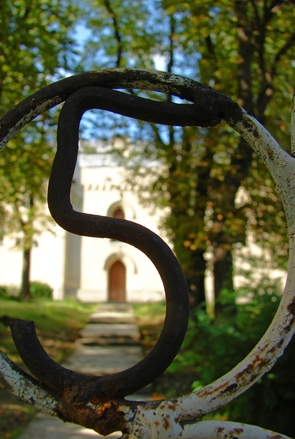 Welcome to this week’s Five from David
Welcome to this week’s Five from David
Your exercise tip – look after your ankles and feet
Looking after our ankles and our feet, particularly after injury, can make all the difference in our capability to exercise and maintain good health. When you consider how much time we spend on our feet, it is imperative we look after them.
The ankle is a hinge joint at the tibia, fibula and Talus (bone in the foot), with the foot being made up of multiple bones that all articulate on each other (gliding and sliding joints). Some of the main muscles and their roles are the gastrocnemius, soleus (calf), peroneals, tibialis posterior and anterior, which move the ankle joint and support the joint through locomotion. Important ligaments in the foot are the plantar fascia ligaments (under the foot) which support the arch of the foot and help with movement. Common problems are sprained ankles (most are rolled outwards) and plantar fasciitis (which is when the plantar fascia becomes painful, inflamed or even strained).
Exercises to help ankle recovery after sprains are usually selected to make sure the ankle is mobile and regains its full range of motion. Once this starts to occur, stable exercises then slowly progressing onto less stable exercises that promote the recovery of the muscles supporting the joint are essential.
For the foot and plantar fasciitis, stretches of the calf muscles to reduce the tension from the Achilles tendon are often a preventative and a treatment. Arch supports may be needed to reduce pressure on the plantar fascia and gentle stretches of the ligaments and muscles may help. If the area is just too painful, rest and the RICE procedure would be the option.
Exercises to stay away from are impact exercise or exercises that require a large amount of stability, and those that require rapid acceleration and changes in direction.
Your health tip – why water in winter?
In the cooler months, we tend not to regularly drink water and hydrate our body as we don’t stay or parched during exercise and our normal activities, as we do in the summer months. Because of this, we can become dehydrated without realising until we have outward signs that this has occurred.
Signs to look out for are dry and itchy skin, fatigued more than normal, constipation, dry eyes and much more. Without adequate levels of fluid, we hamper all our normal day to day functions, as most of these need water to take place.
Sipping water regularly during the day and having water accessible before, during and after exercise, are some of the ways to keep your body hydrated and functioning well.
Winter chill tip – warming up to winter exercise
With winter exercise, we will be naturally a little tighter and less smooth with movement when we begin our exercise routines. Take the time to warm up a little slower and for longer, and really make sure you allow time for a cool down and stretch in a comfortable space when finished. These little tips will hopefully reduce your risks of injury.
Your life tips
Create a space where you can go to at home or our other environments, to have some peace and solitude and enable you to gather your thoughts. Having somewhere uninterrupted can be of great calming benefit in our busy life.
This week’s wise words
“Well done is better than well said.”
Benjamin Franklin
Have a great week and keep healthy in 2018. David.
